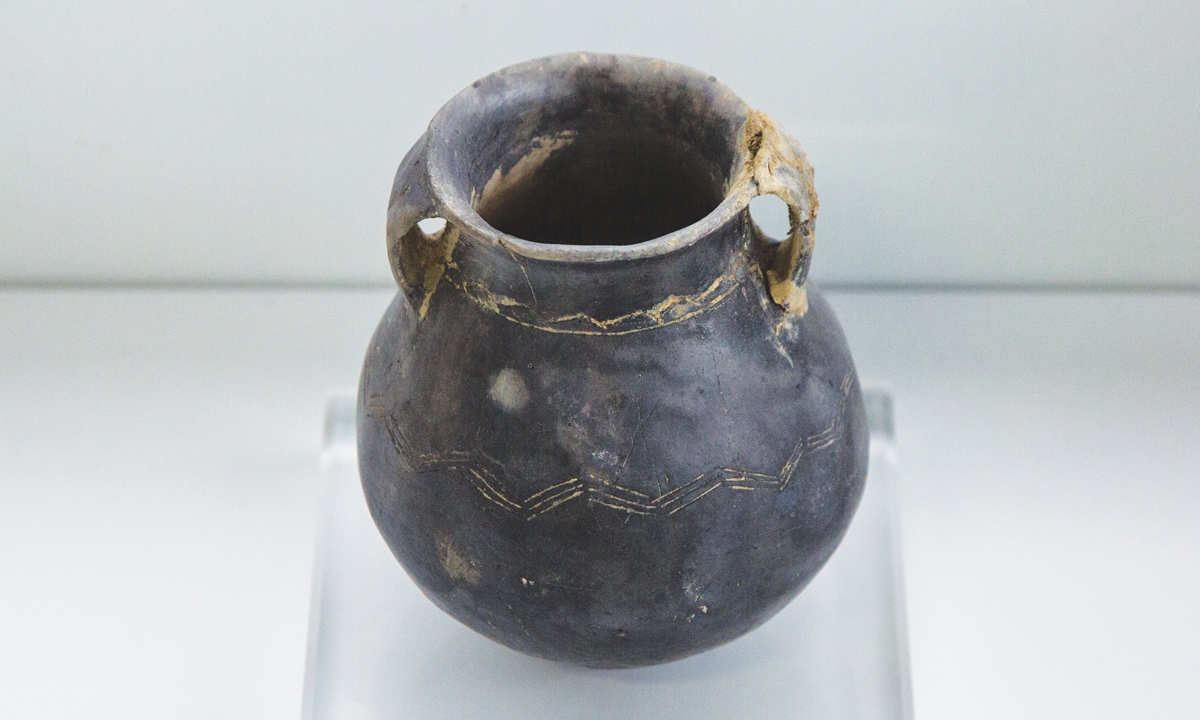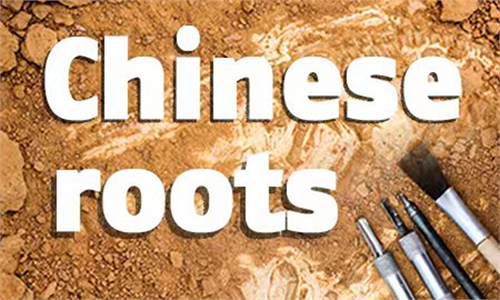
Black pottery from the Longshan Culture Photo: IC
Longshan Culture: Exquisite black pottery reflects ancient urban developmentIn spring of 1928, archaeologists found a city ruin in Longshan township, Jinan, East China's Shandong Province. After several separate excavations around the site over the following years, they discovered a series of extremely exquisite polished black potteries, later recognized as a main characteristic of what later became known as the Longshan Culture.
Though archaeologists named the culture after Longshan township, the Longshan Culture was in fact later found in several more provinces alongside the Yellow River in the northern part of China.
These discoveries were mainly scattered in East China's Shandong Province, Central China's Henan Province and North China's Hebei Province, along with a few sites in Northwest China's Shaanxi Province.
The Longshan Culture is a late Neolithic culture that dates back to 2500 BC to 2000 BC. Its villages were similar to those of the Yangshao Culture (5000 BC to 3000 BC) and they domesticated animals such as pigs, dogs, sheep, and oxen.
But the civilization of Longshan was a far ahead compared to Yangshao in terms of craftsmanship and the number of sites extending on both sides of the Yellow River.
Archaeologists have found beautifully shaped pottery wares in white, red, and gray, but among them the culture's most representative unearthed relics have been its unique black pottery. They are thin, hard, black, and very carefully polished.
In an exhibition hall for Longhshan Culture in the Zhengzhou Museum in Henan Province, two extremely modern-looking objects can be seen on display.
Be it their texture, color or appearance, the two gray Longshan Culture pottery cups highly resemble today's mass-produced mugs.
Experts say that the unique black pottery was smoked by fire.
The Longshan Culture mastered the techniques of bronze and pottery craftsmanship, and stone for city construction at the same time. They made bronze and pottery wares such as cups, bowls and jars for daily use, dug stone wells for water and mastered house construction and urban defence, which greatly promoted the development of early cities in China.
Experts say these important developments helped contribute to the roots of Chinese civilization.
Global Times

